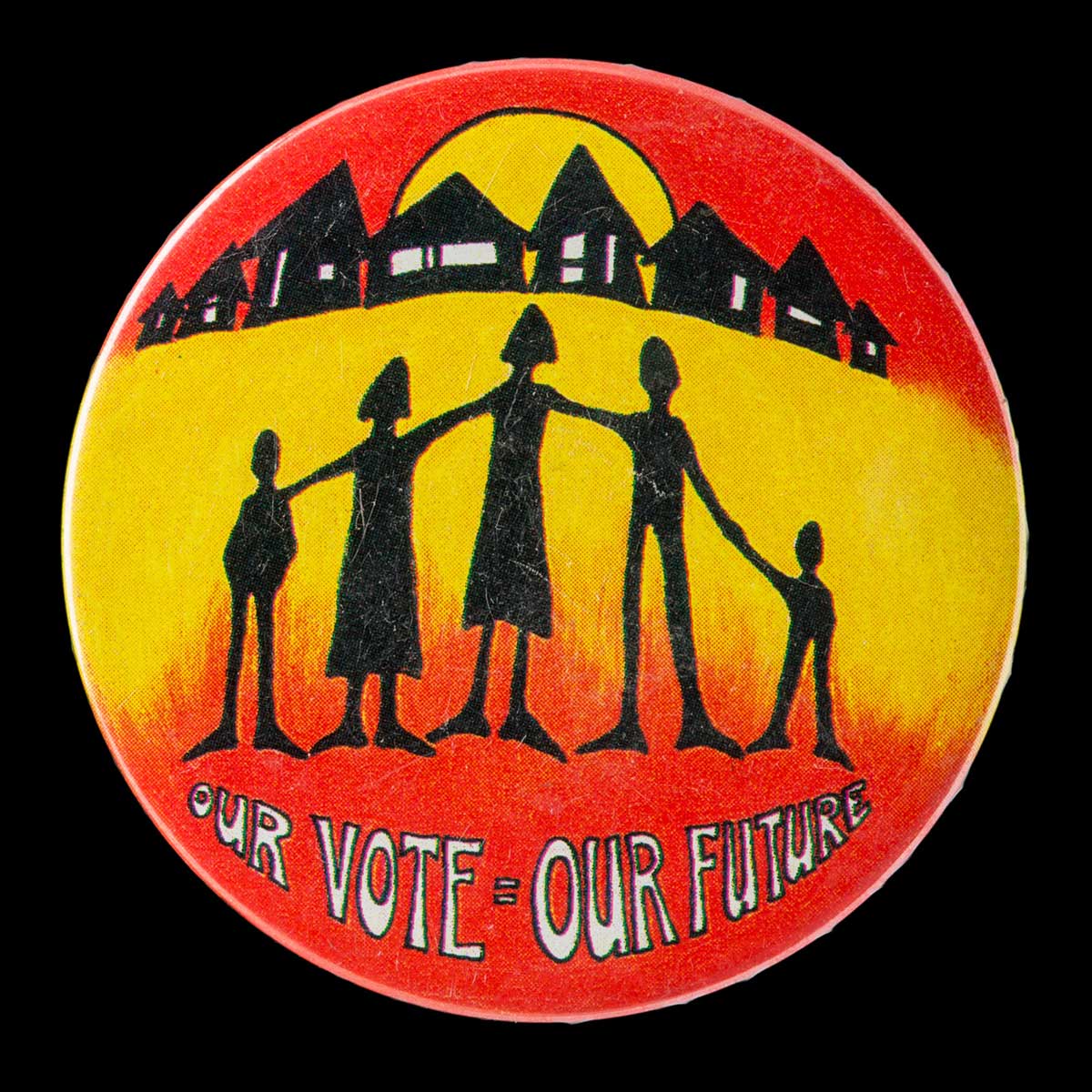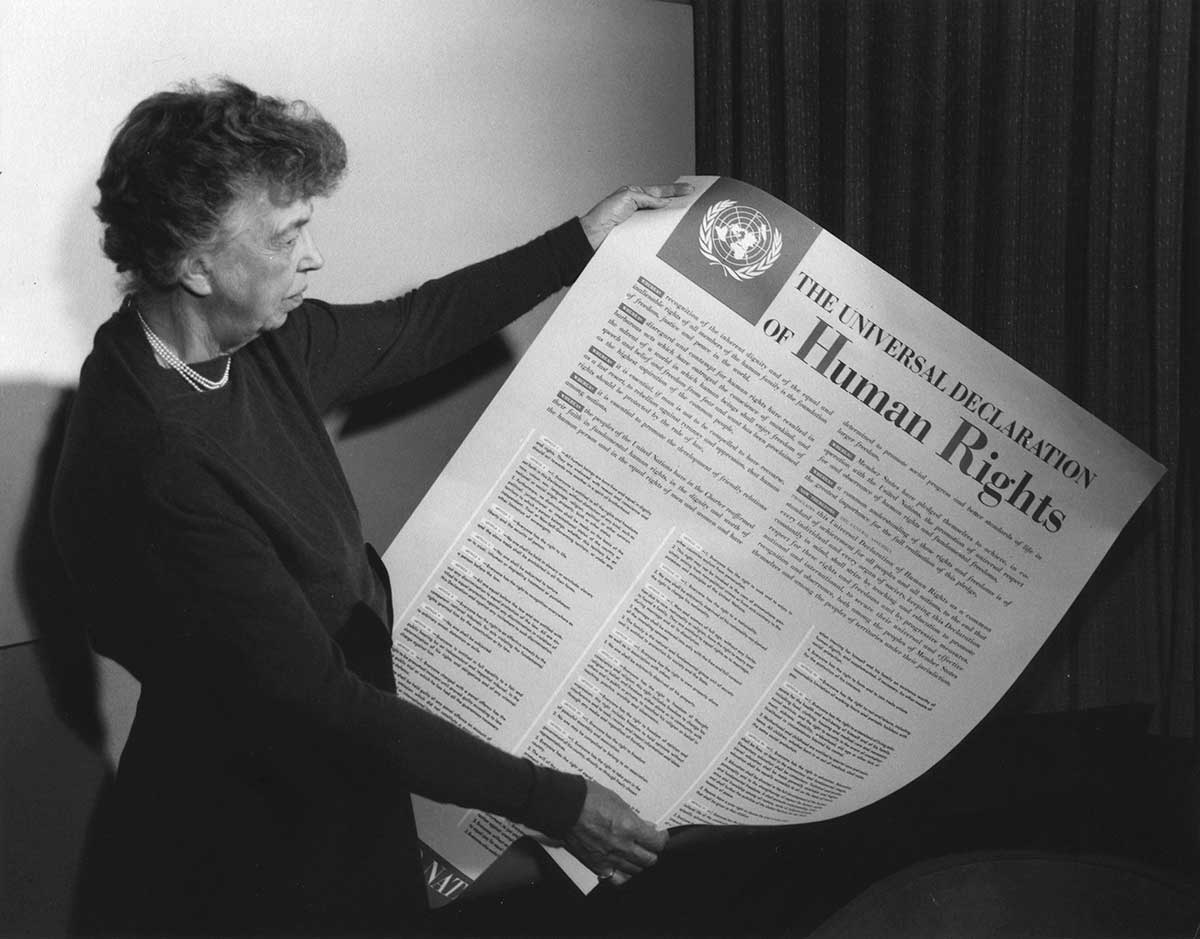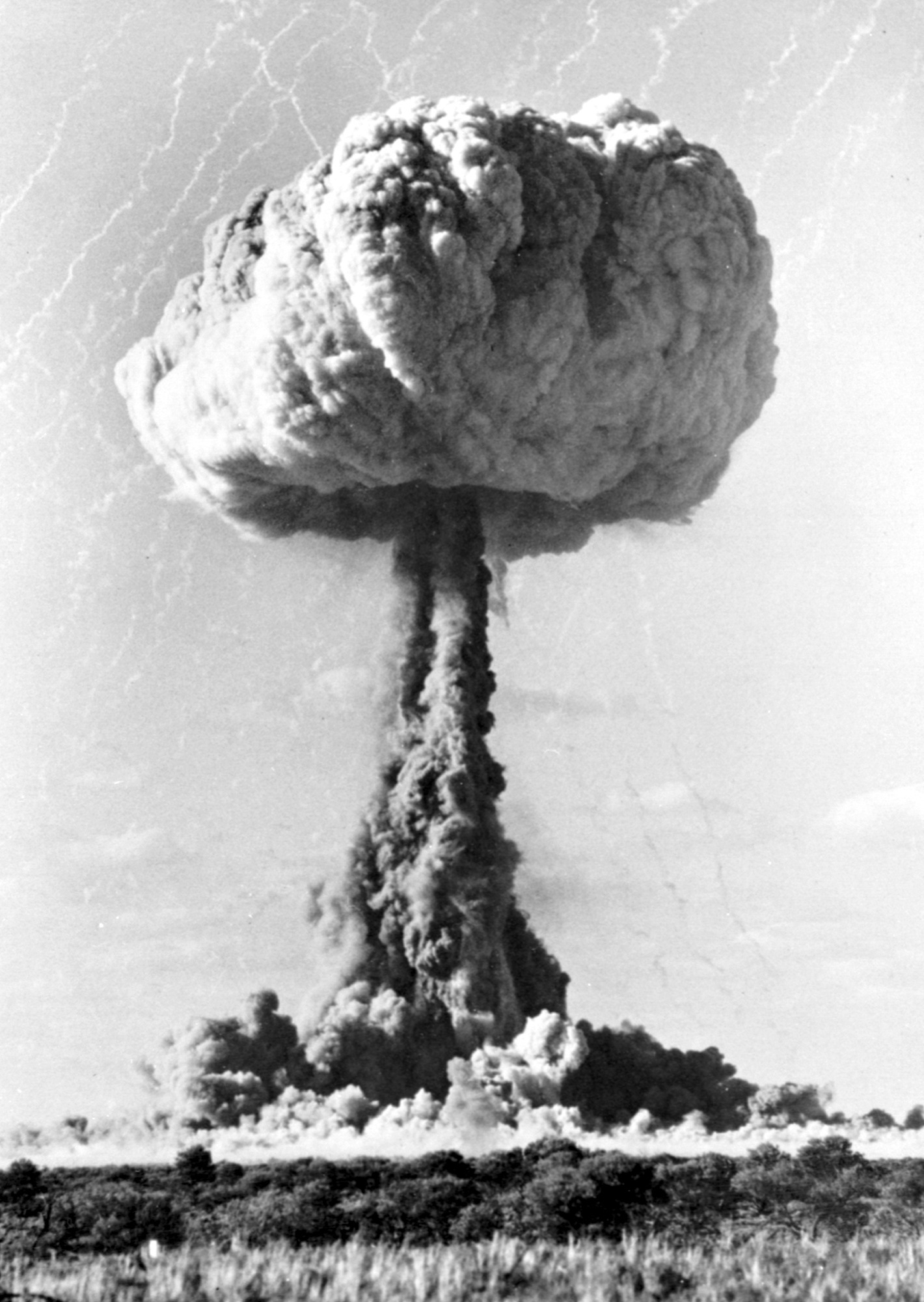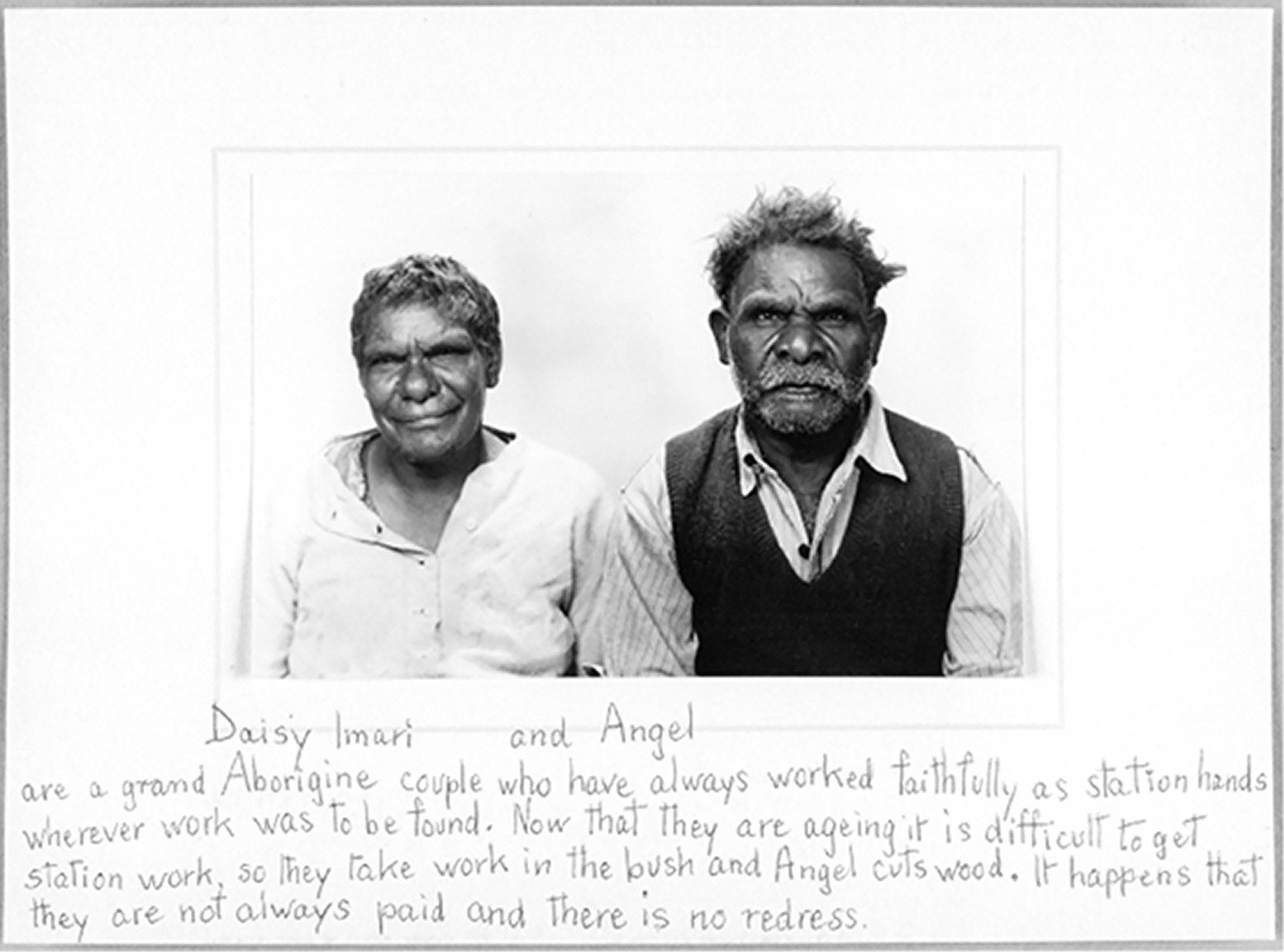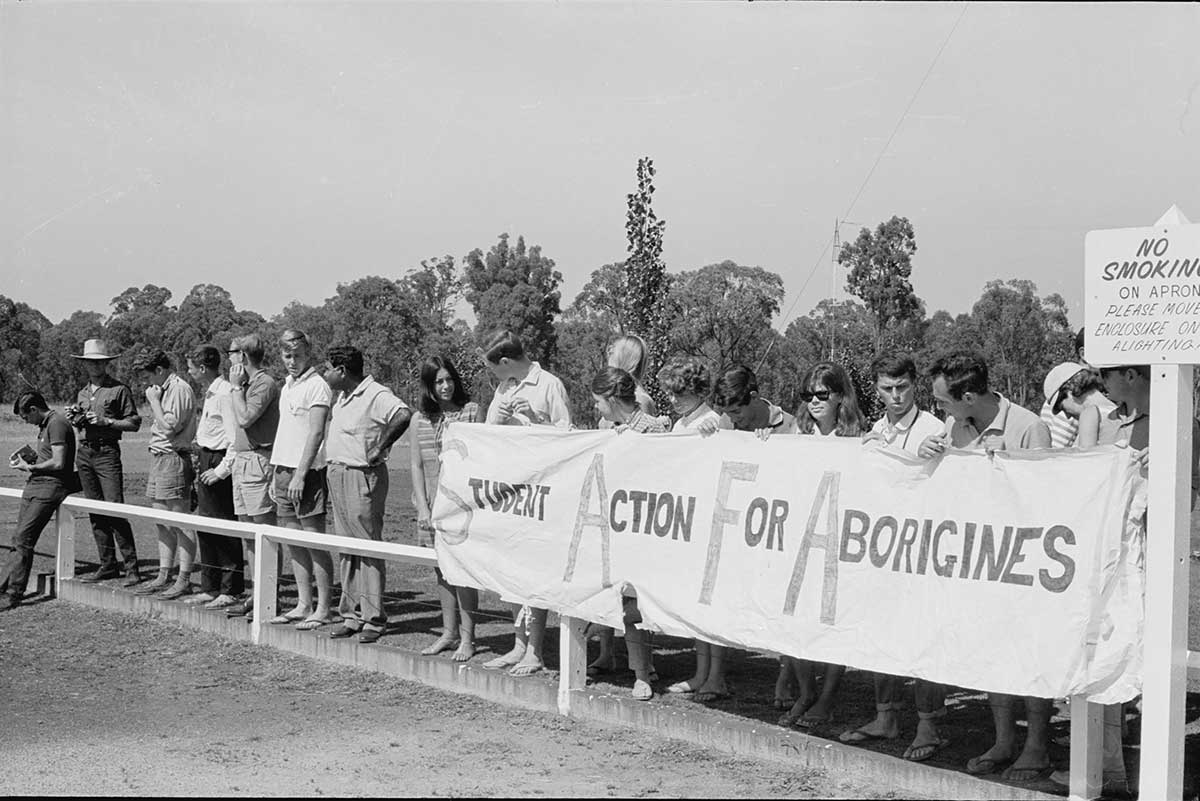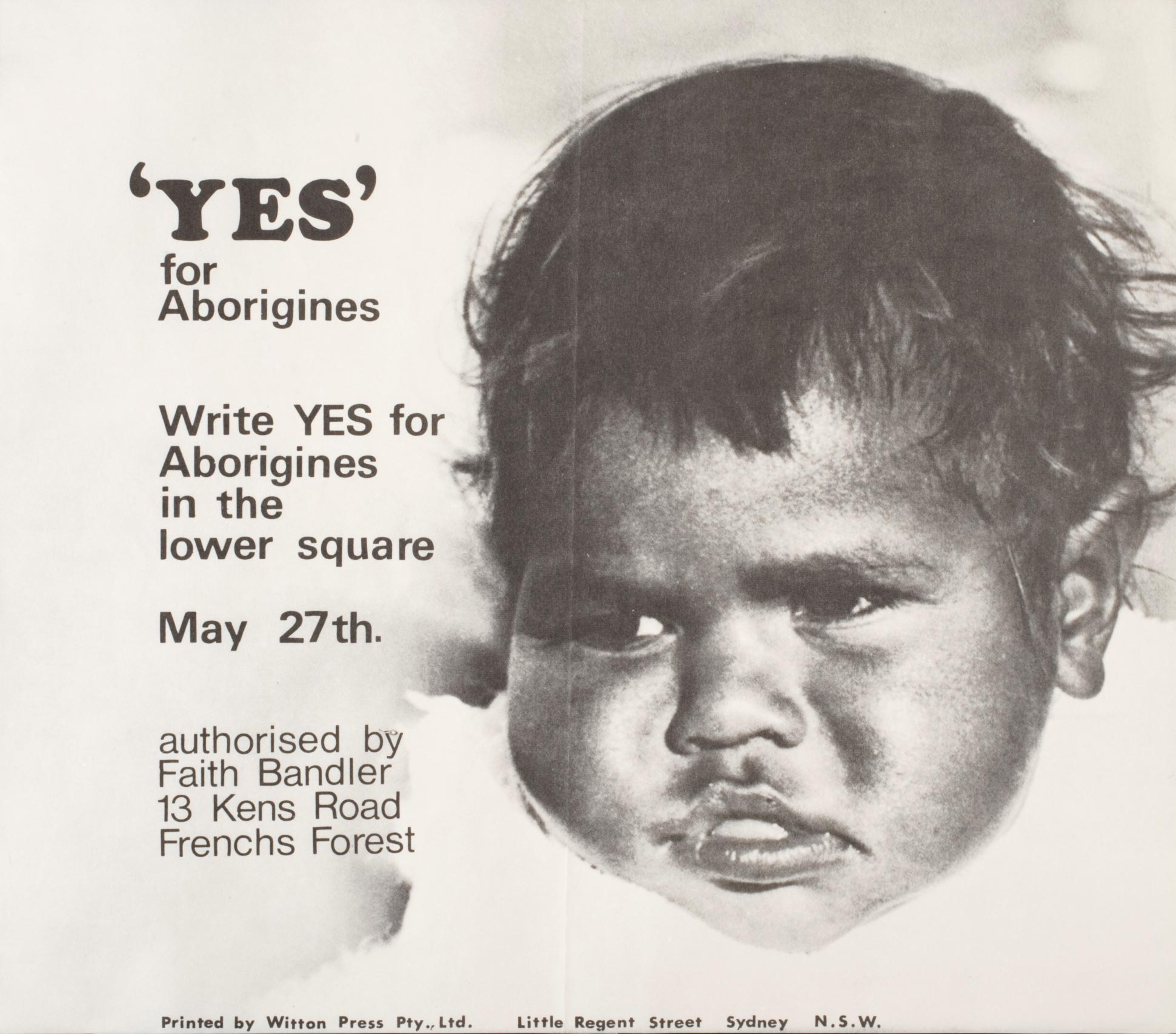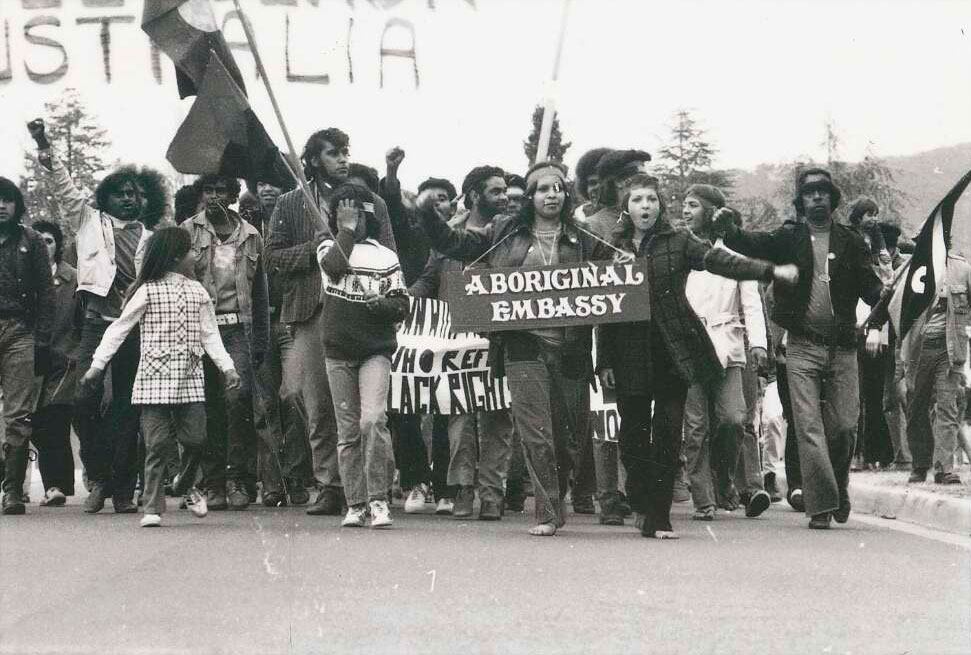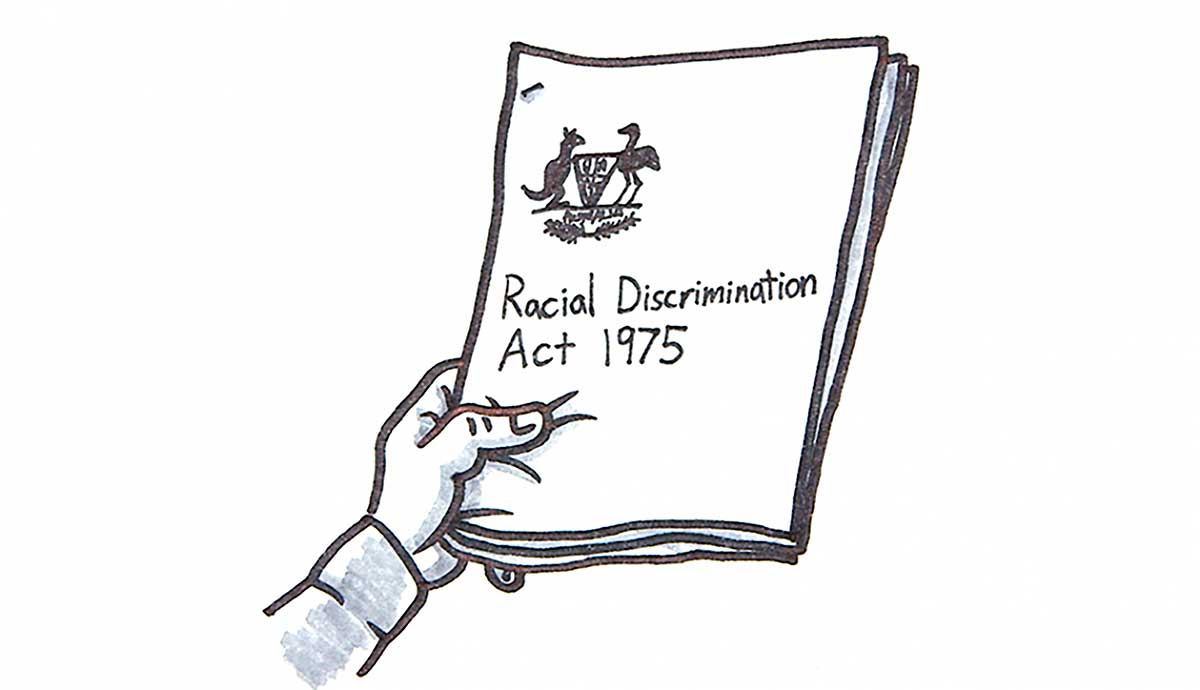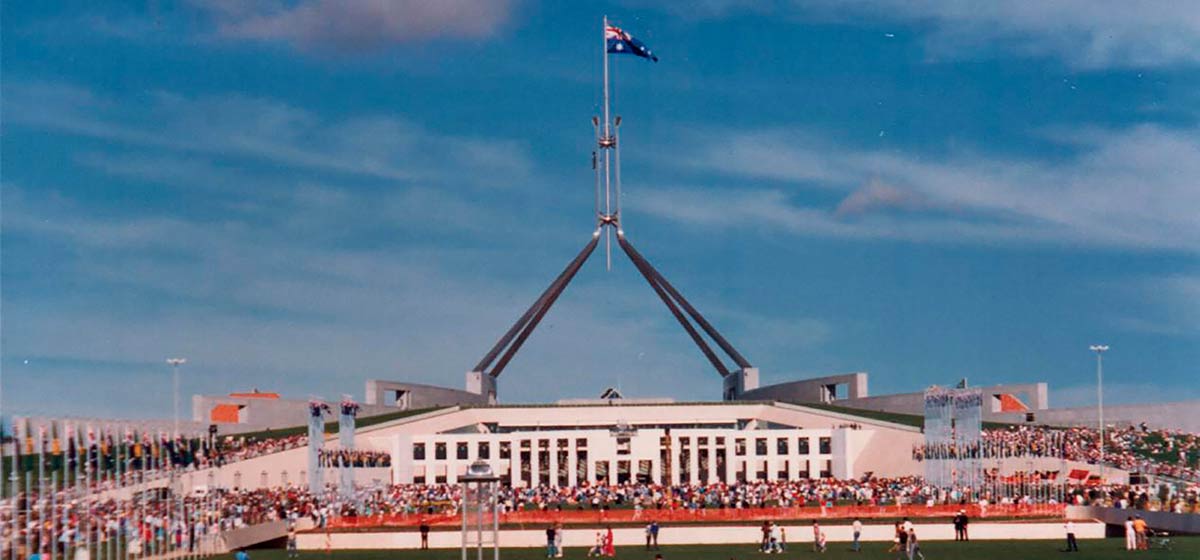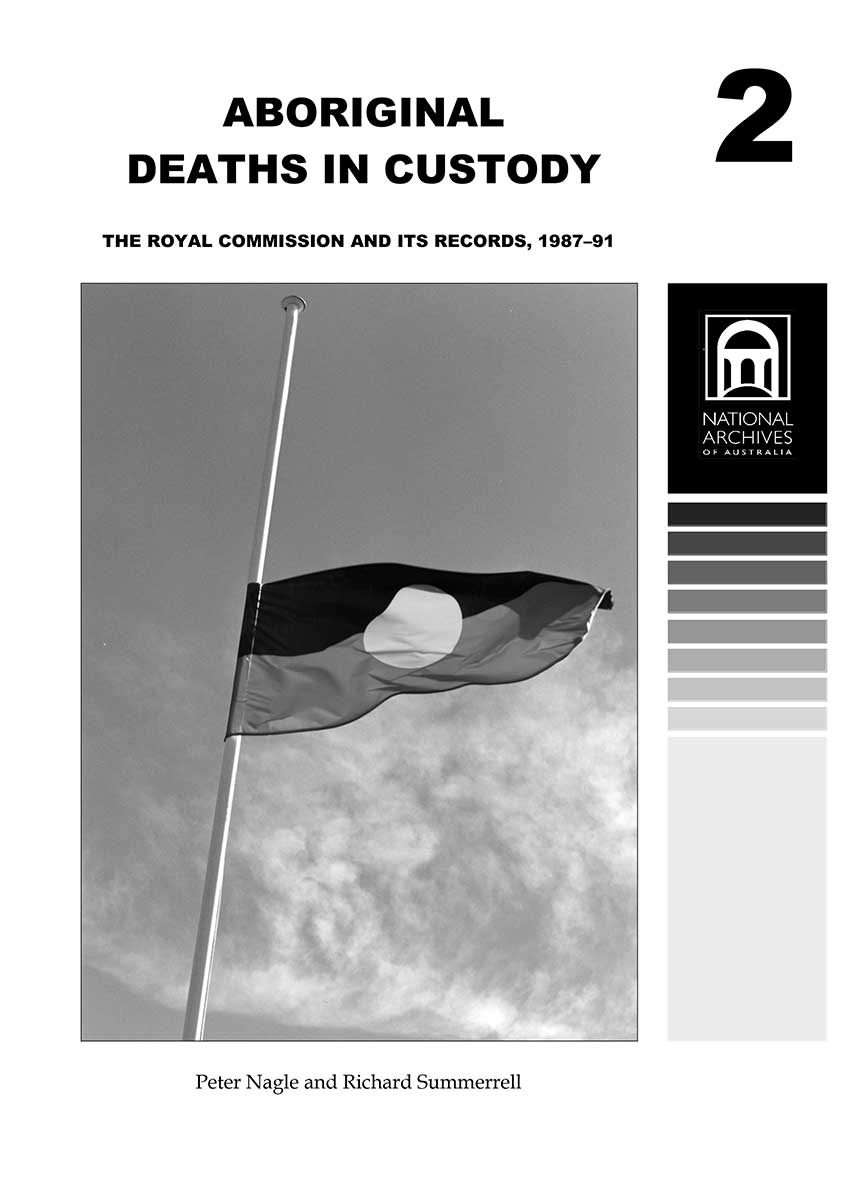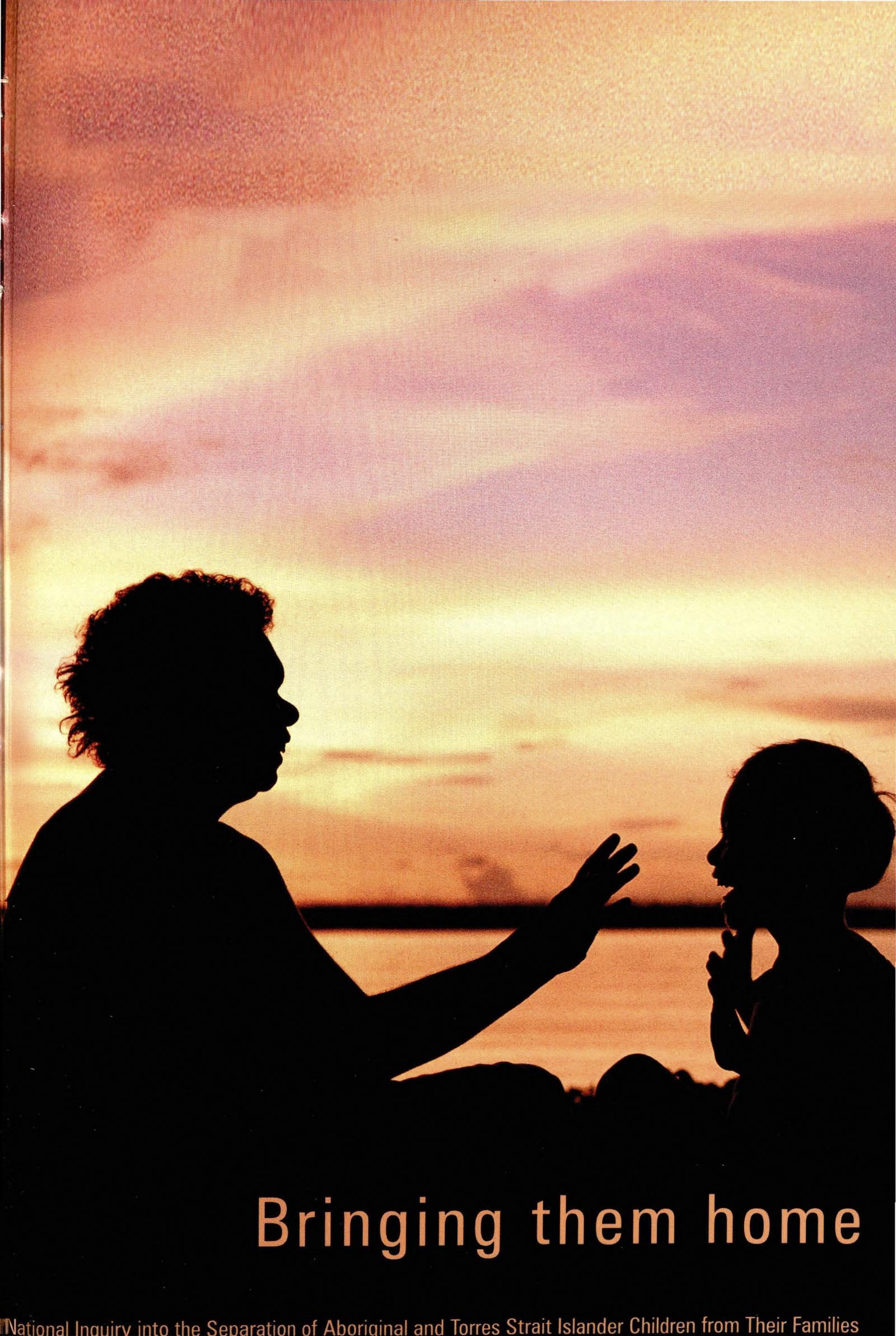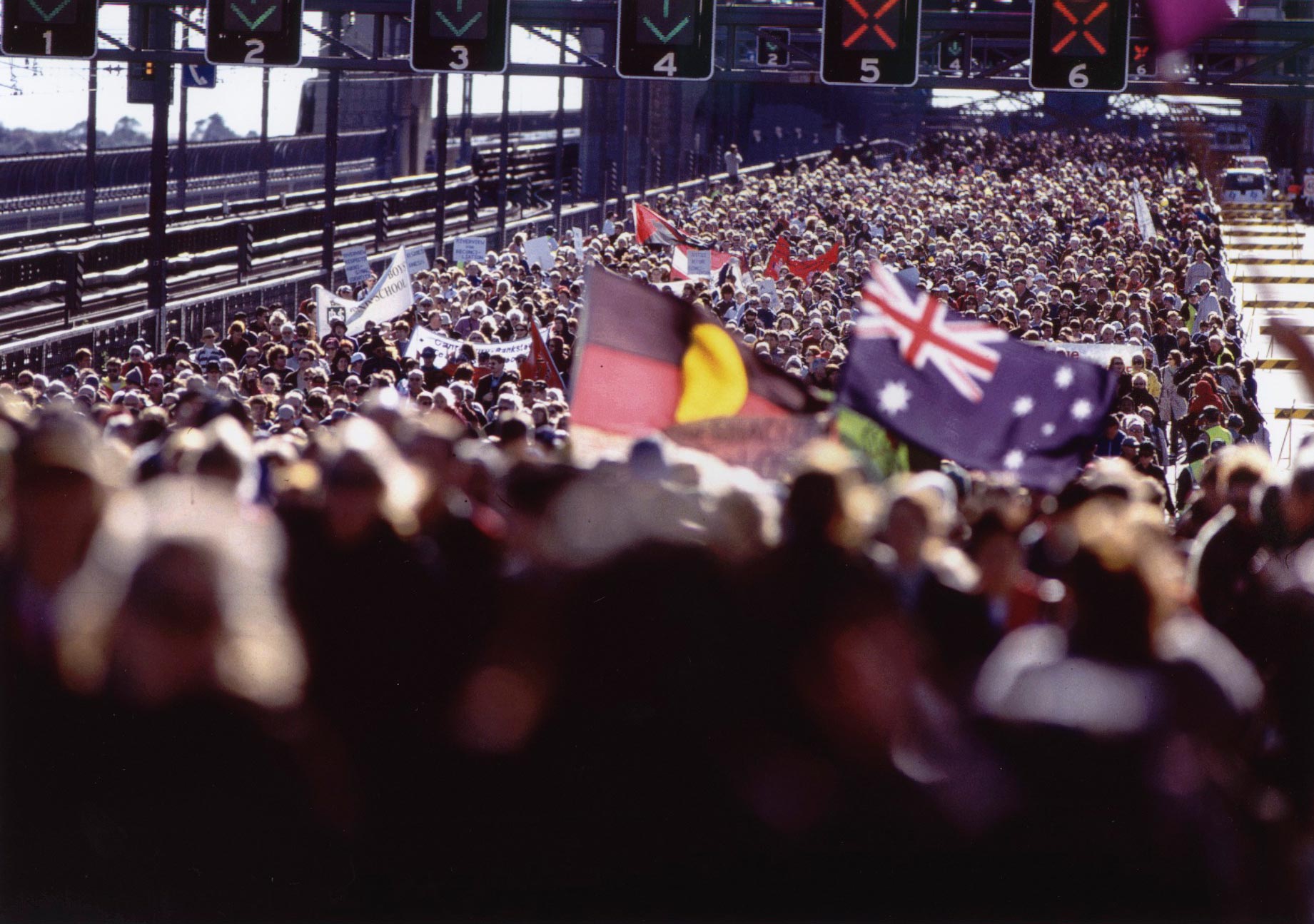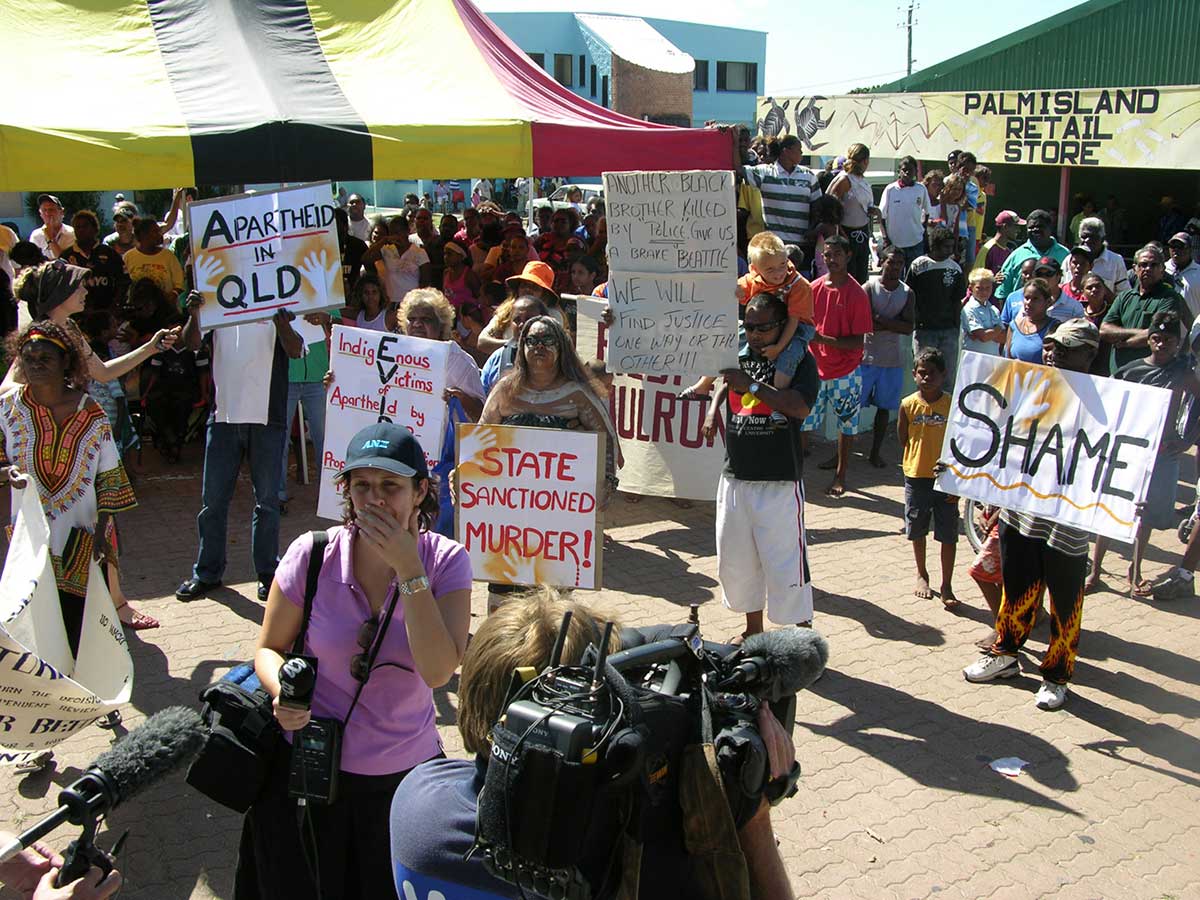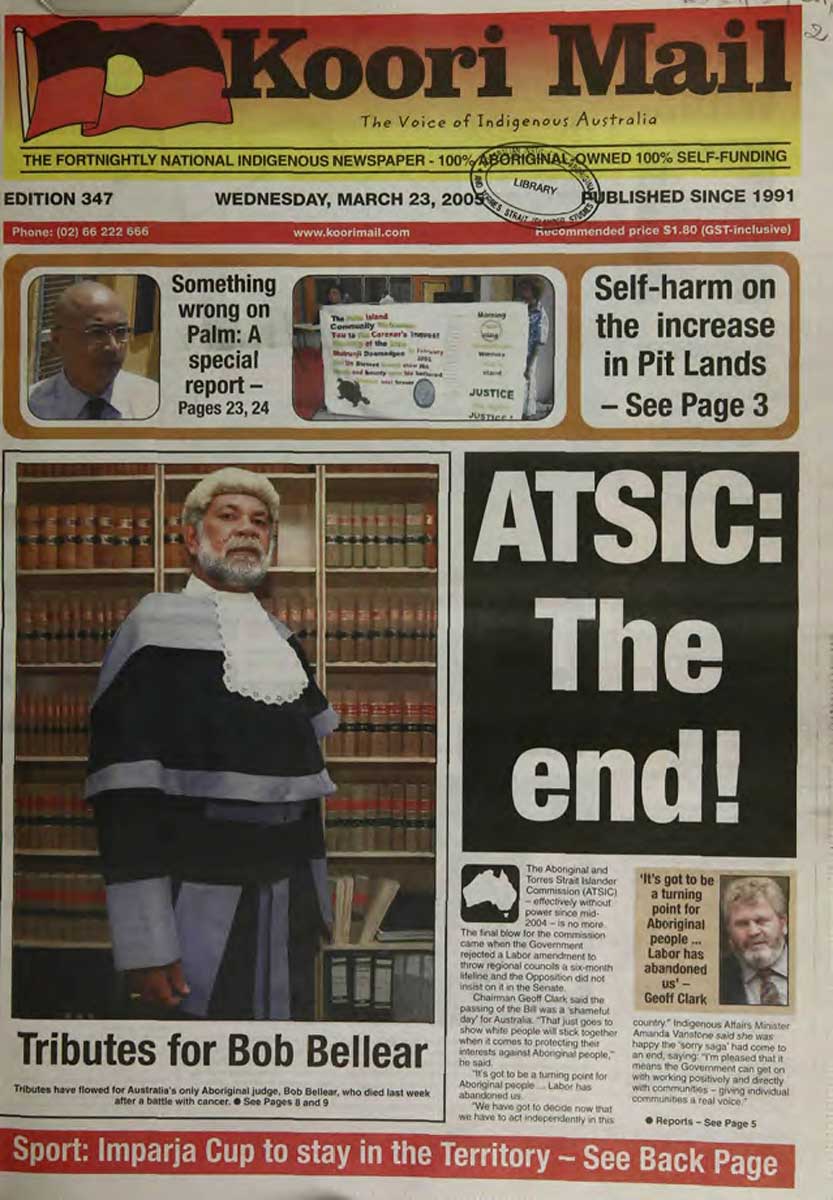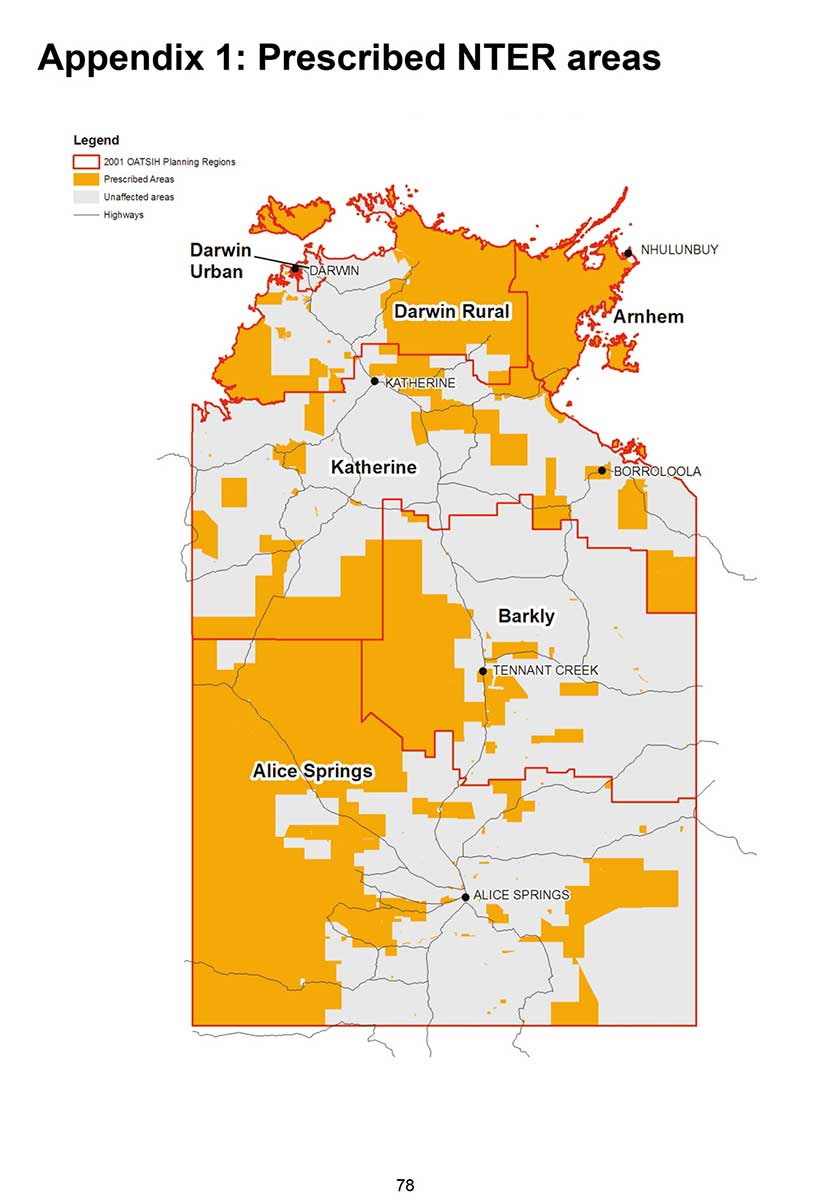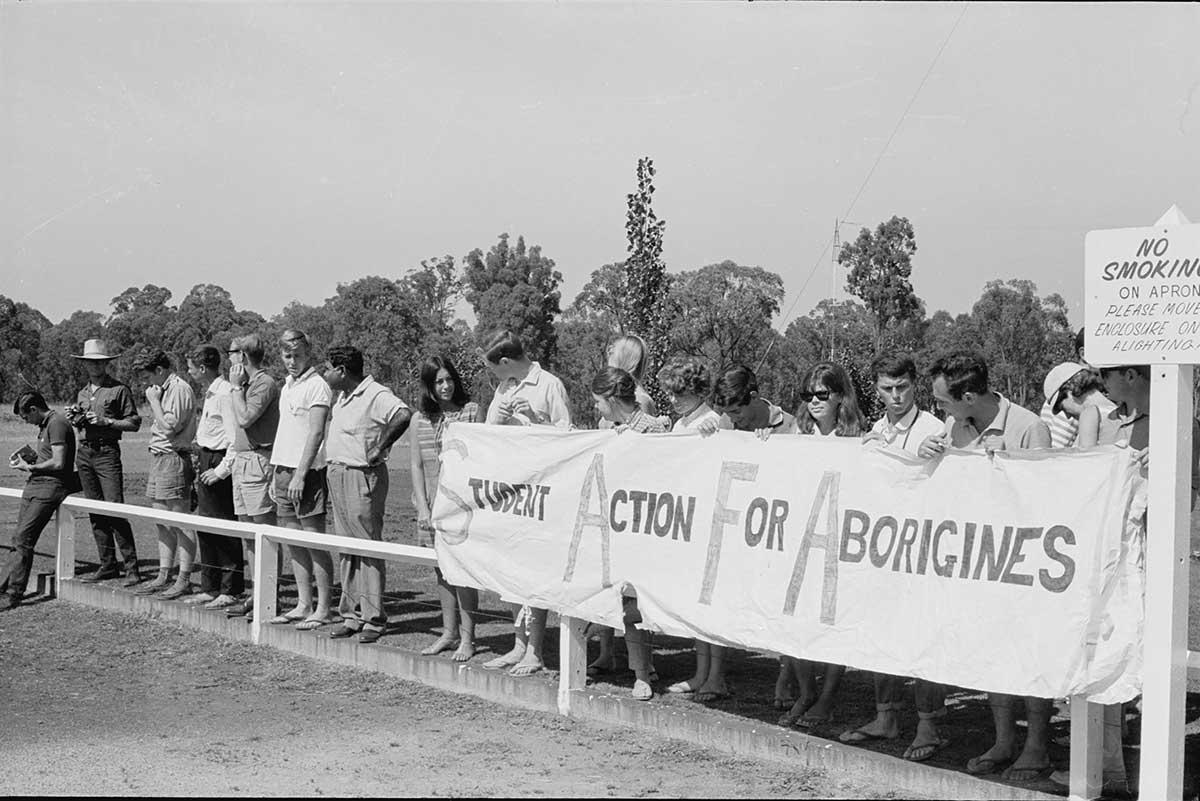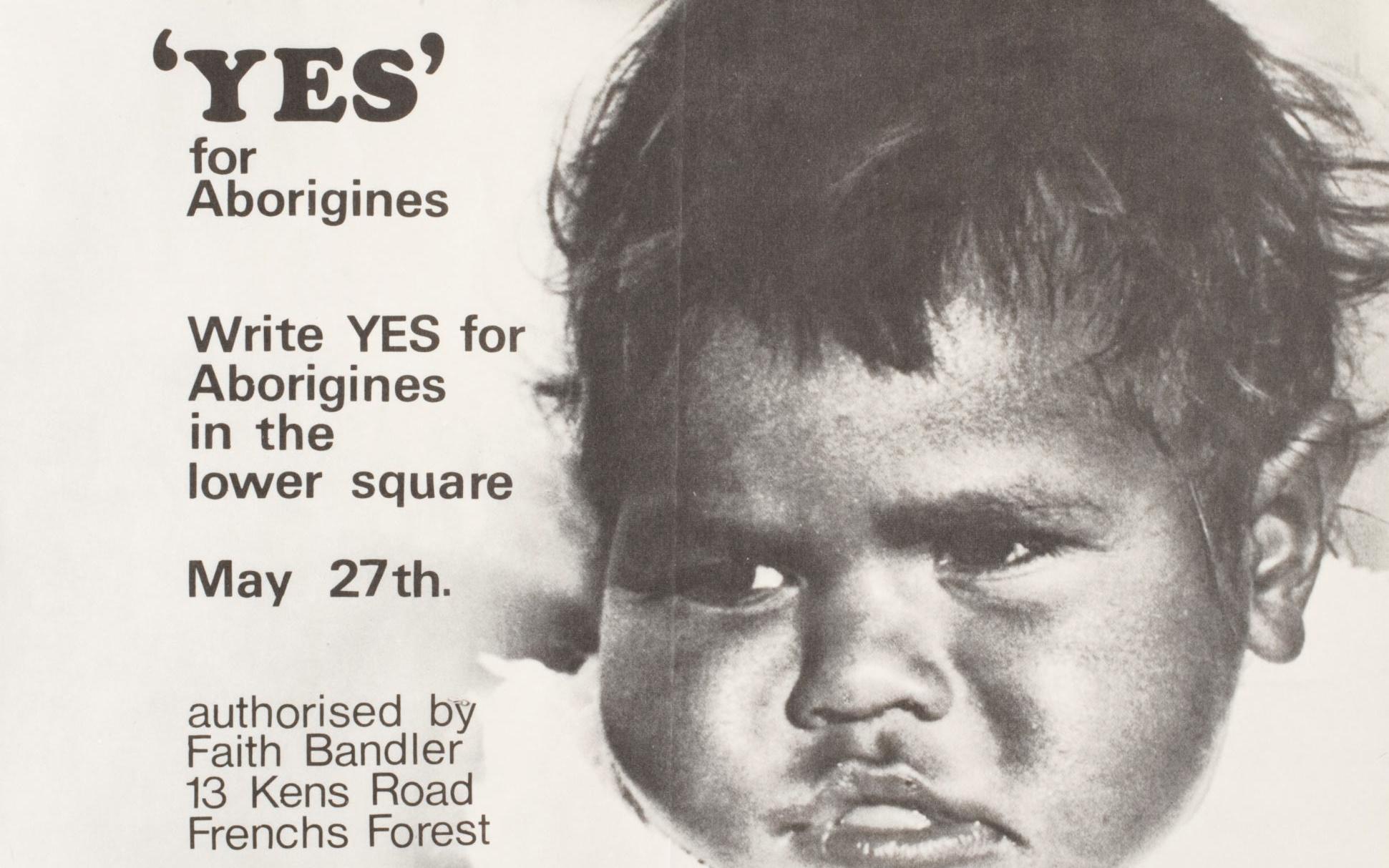Learning module:
Rights and freedoms Defining Moments, 1945–present
Investigation 1: Exploring Aboriginal and Torres Strait Islander rights through key Defining Moments
1.9 1965 Gurindji strike (Wave Hill Walk-Off)

It is 1966.
Aboriginal stockmen, stockwomen and workers have long been a key part of the pastoral industry of the Northern Territory and across Australia.
They have also long been paid very low wages, and have lived in terrible conditions on the stations where they have worked.
These stations have been established on traditional Aboriginal lands.
Will the traditional owners, now in effect workers on their own land, try to reclaim possession and ownership of these lands?
Read the information in the Defining Moment in Australian history: 1966 Gurindji strike (or Wave Hill Walk-Off) led by Vincent Lingiari and answer the questions that follow.

1. Who are the Gurindji people?
2. Why were they on strike?
3. What were the different ideas about the purpose of the strike?
4. How long did the strike last?
5. What was the outcome?
6. What was the significance of the Gurindji strike for Aboriginal and Torres Strait Islander people’s rights?
7. How would this event have influenced the development of Aboriginal and Torres Strait Islander people’s rights over time?






